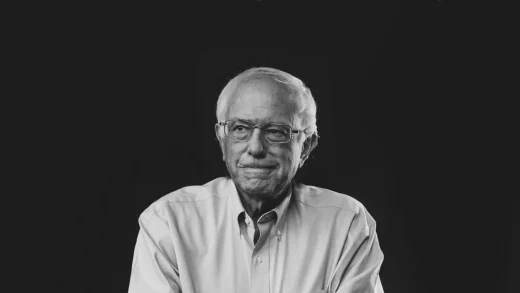
In 2017, Bankman-Fried started his own trading outfit, Alameda Research, taking seed funding from effective-altruist donors. Early employees were mostly EAs too; it was all about earning to give. The firm focused on arbitrage trading, whereby profits are realized on tiny differences in the prices of assets across different exchanges. Specifically, it took advantage of the lucrative kimchi premium, a gap in the price of bitcoin on exchanges in South Korea and elsewhere.
Soon, Alameda earned a reputation for profitability, says Mike van Rossum, founder of rival firm Folkvang, and Bankman-Fried as the brains behind the operation. It was apparent he was “crazy smart,” says van Rossum, of the first time he met Bankman-Fried. “He’s the quickest person, like machine-quick. I haven’t really seen that [before].”
A reputation as a boy-genius with an altruistic vision would become the foundation of Bankman-Fried’s public image—and his efforts to develop FTX, the exchange he resolved to set up. Folkvang began to trade on FTX almost immediately after it launched in 2019. A few peers were reluctant, says van Rossum, because Bankman-Fried was fairly unknown, but eventually all the big crypto investment firms were using it. “In the end, we drank the Kool-Aid,” he says. Two years later, a surge in the price of cryptocurrencies brought millions of regular people to crypto investing, too. Many, like Max Windhagen, a university lecturer from Germany, chose FTX for the range of trading options available, but its founder’s persona played a role, too. “He was able to come across as very harmless,” says Windhagen. “It’s like the nerdy kids at school. They are smart, but don’t seem to possess the social skills to manipulate others.”
Bankman-Fried leaned into his mythology. He was frequently in contact with the US Securities and Exchange Commission (SEC) and Commodities and Futures Trading Commission (CFTC) over regulation of the crypto sector, endearing him to policymakers. He also ingratiated himself with venture capitalists, who fawned over him, and the media, which lionized him. Later, he started a charitable foundation that donated millions of dollars to EA causes, under the FTX brand. He also pledged to give his entire personal wealth away.
In 2022, when crypto markets stumbled, jarred by the collapse of the Terra-Luna stablecoin and the hedge fund Three Arrows Capital, Bankman-Fried seized on another opportunity to play the hero. FTX swooped in with rescue bids for crypto exchange Bitvo and lenders Voyager Digital and BlockFi, which had been caught in the fallout. He was anointed crypto’s white knight. The veneer of legitimacy around FTX grew thicker, and the exchange became the second largest in the world.
Last November, it all fell apart. A CoinDesk report raised questions about the health of Alameda’s finances and its dealings with FTX. That triggered a surge in customer withdrawals, which the exchange couldn’t handle, forcing it into bankruptcy. A month later, the US Department of Justice accused Bankman-Fried of misappropriating customer funds, which had allegedly been used to bankroll risky trading activity, acquisitions and venture investments, real estate purchases, marketing campaigns, political donations, debt repayments, and loans to himself, his parents, and others. For every dollar’s worth of assets a customer stores, an exchange is supposed to keep a dollar’s worth on hand for withdrawal. But FTX couldn’t meet withdrawals, the indictment asserts, because the money was missing.


